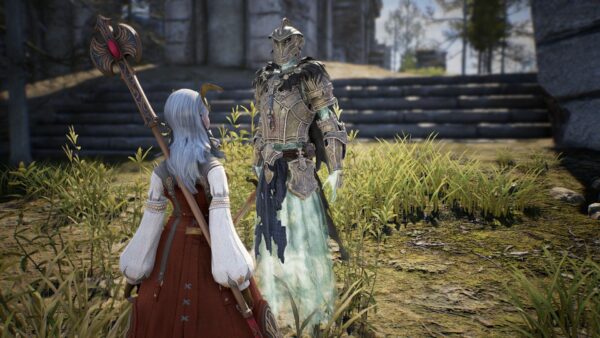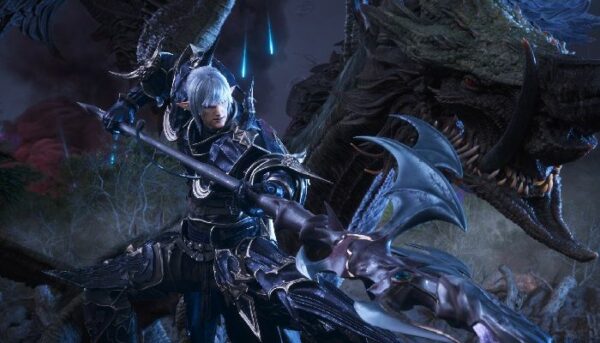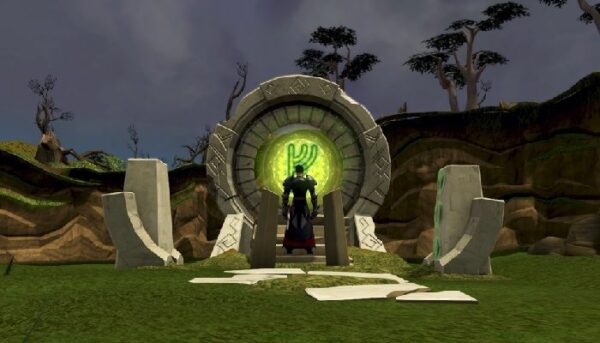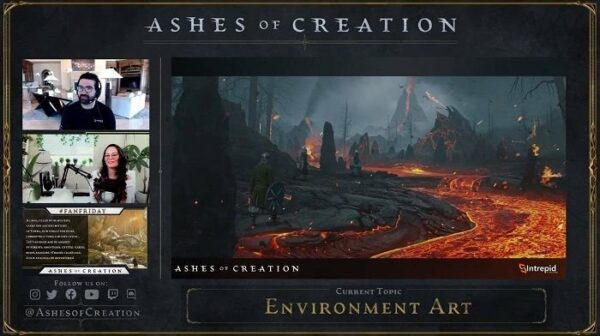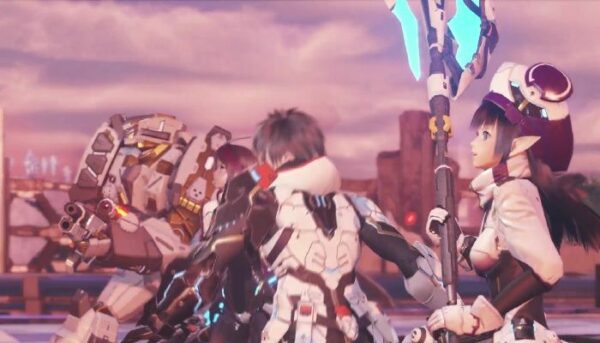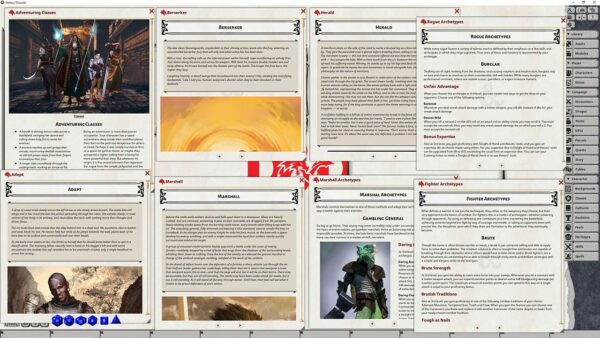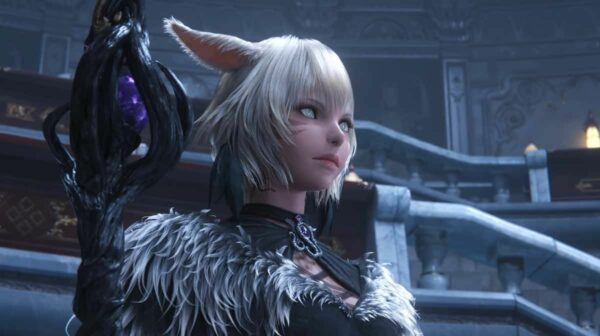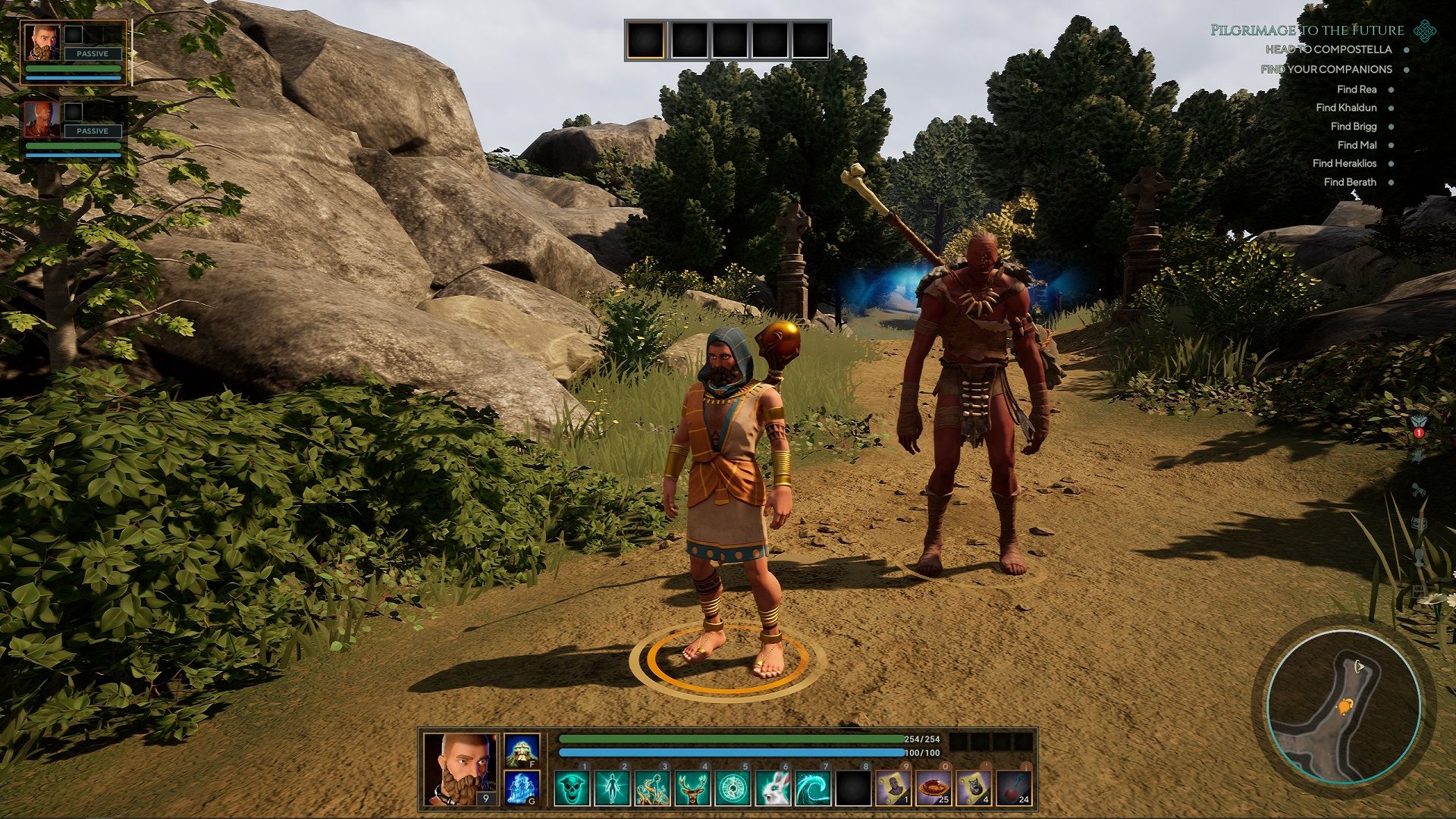
Hooks. With so many choices to pick from these days, a game has to have a hook to draw in and keep players. That’s not so hard if your game is in a niche market; if you’re trying to make a name for yourself in a market already full of AAA titles, well, it’s a little more complicated. It takes a solid concept and flawless execution to make it these days. A little luck doesn’t hurt either. And, of course, you need a hook. At first glance, The Waylanders, a party-based RPG developed by GATO Studio and released on February 2, 2022, is full of hooks. Unfortunately, no matter how many times The Waylanders has you nibbling at the bait, it fails to pull you in hook, line, and sinker. I’ll explain why in our The Waylanders review.
The Story
Right off the bat, The Waylanders attempts to differentiate itself from the crowd by shunning the recent trend of going Viking. Instead, it promises you a world full of Celtic lore, a less used but equally rich setting. The Waylanders isn’t actually set in Ireland; our story starts further south. Our character begins their story in the employ of King Ith, on a boat heading from Spain to Ireland. It is King Ith’s mission to return to Ireland and meet the ancient gods, the Tuatha de Danaan. Things don’t go as planned, and with the king dead and you barely escaping a similar fate, the remainder of the story takes place in the Spanish region of Galacia.

Your near-death experience has the unexpected side effect of leaving you unattached from the stream of time, and at a certain point, you are flung 1600 years into the future setting of the medieval era. You are tied to these two points in time, able to freely move between the two eras at will. The use of two different time periods creates an interesting story. Even though only your main character can travel through time, you have the same companions in the medieval period, sort of anyway. Some of your companions are immortal and have lived through the 1600 year gap, while the mortal souls rejoin you through reincarnation. In their new bodies, the mortal characters look different and have a new backstory full of new motivations and beliefs but they also regain their past memories as well. At the same time, the immortals have also changed over the time gap, adapting to a world that increasingly shuns magic and their kind. This concept of two separate timelines filled with the same (but different) party creates additional depth to the story that includes new internal and external conflicts to deal with in the medieval period, and GATO studio intertwines these two stories together quite nicely.
While the split time periods create an interesting story in and of itself, there is a lost opportunity here in the chance to fully explore the Celtic time period. Celtic mythology is chock full of fantastical creatures that cover the gamut from friendly little tricksters to malevolent spirits and demons and The Waylanders barely scratches the surface of what’s available when it comes to the enemies you face. The majority of the enemies you’ll face are either humans or animals such as wolves or bears. There are a few special enemies to fight along the way, but it just seems a shame not to use the full compendium of monsters from Celtic lore.
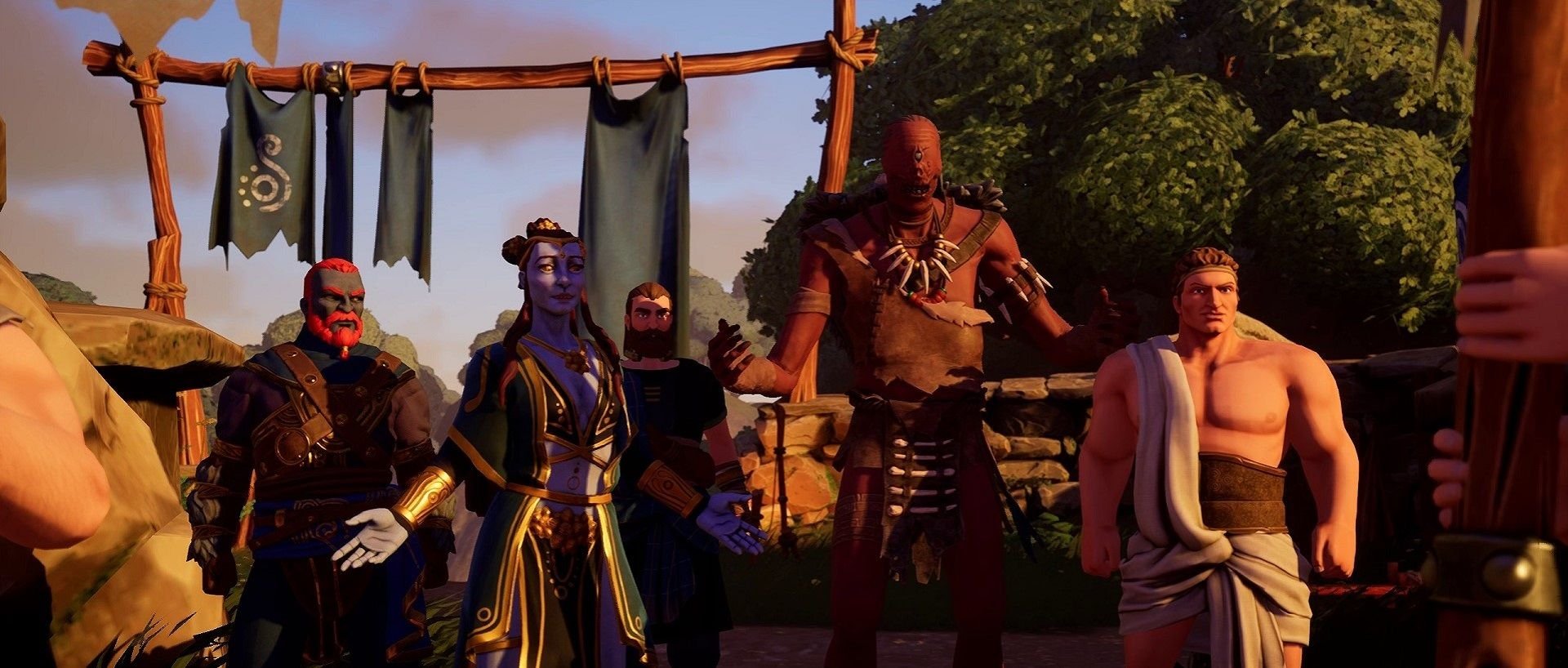
The split in time also has another negative side effect. Just as I am getting used to the quirks and personalities of what I consider an interesting set of party members, they are stripped away and I have to go through introductions and backstories all over again in a new setting. As I already said, GATO does a good enough job of building the story, but having to swap back and forth between two groups of characters keeps me from completely enjoying both groups. I almost wonder if The Waylanders would have been better served to stick to one time period and then release the second story as an expansion at a later date?
Visuals
You are given two camera options in The Waylanders. The first option is an overhead view used in traditional RPGs like Baldur’s Gate. The second choice puts you down closer to the action in an over-the-shoulder third-person view. Surprisingly, both views work well and I found myself switching between the two angles depending on the situation. I found myself using the third-person view during exploration and switching to the top-down view to get a better view when combat started.
Although there are some more open areas to explore, most of the maps are rather linear. That doesn’t mean they aren’t visually appealing, though. Instead of opting for a photorealistic world, The Waylanders captures a more hand-drawn, cartoonish look that is infused in certain areas with a lot of detail. Character visuals, for example, employ a mix of low and high detail, where a person’s simplistic hair and clothing models (think Star Wars: The Clone Wars cartoons here) give way to more detail as you zoom the camera in for a closer look. The world around you shares this mixture of texture quality, with structures covered with finer details giving way to a more flat and generic look as you pan out.
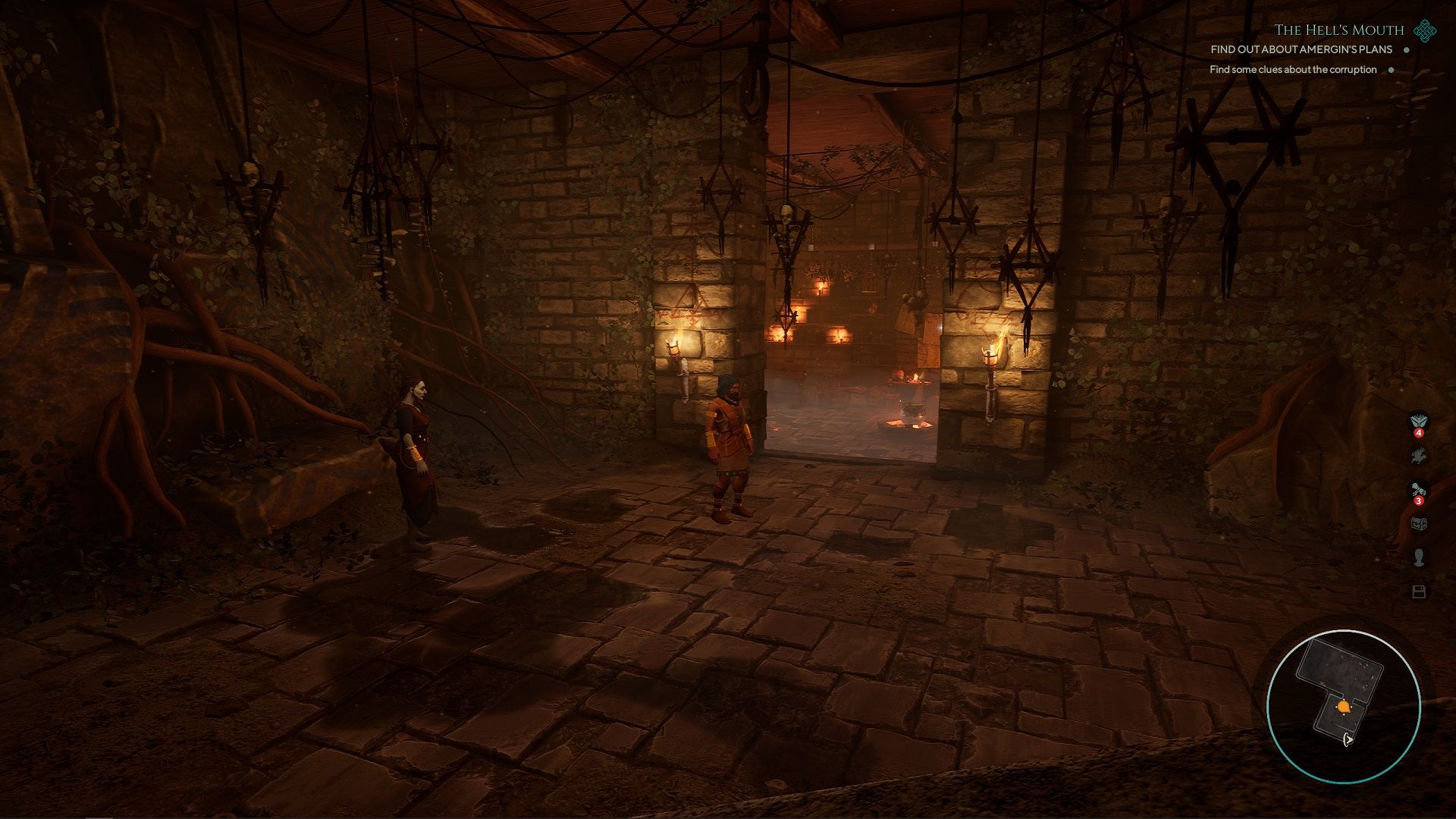
I admit I was unsure about this mixture of detail initially, but it didn’t take long to adapt to the art style. After the first couple of hours of gameplay, my brain was automatically filling in the details when they weren’t present on the screen. By the end of my playthrough, I had grown quite fond of the visuals and was pleased that GATO Studios had taken the time to add in details whenever possible instead of simply sticking to a low poly count art style. No, you won’t find individual strands of hair blowing in the breeze or billowing sleeves fluttering around your arms in The Waylanders, but the details and textures go well beyond basic.
The only flaw I found in the visuals was frame rate stuttering that occurred in specific areas. Within these areas, the generally fluid animation found elsewhere would immediately turn whatever was on screen into a stop motion scene. It would happen regardless of the camera view being used and even carried over into cutscenes, only to return to normal as soon as I left the area and a new map was loaded in. The issue is most likely tied to lighting and shadows as it persisted regardless of screen resolution but was immediately resolved by lowering the visual quality down from the maximum settings, so hopefully, it can be resolved in a future patch.
Character Progression
Character creation in The Waylanders is very standard fare. Each character is one of four races: Human, Werewolf, Mourian, and Semi Fomorian (an ugly Celtic giant). These choices sound quite interesting but other than an innate elemental resistance, the only difference between the four is their physical appearance. There are also six basic classes that all fit into a typical fantasy archetype, with each class branching out into advanced subclasses as you level up.
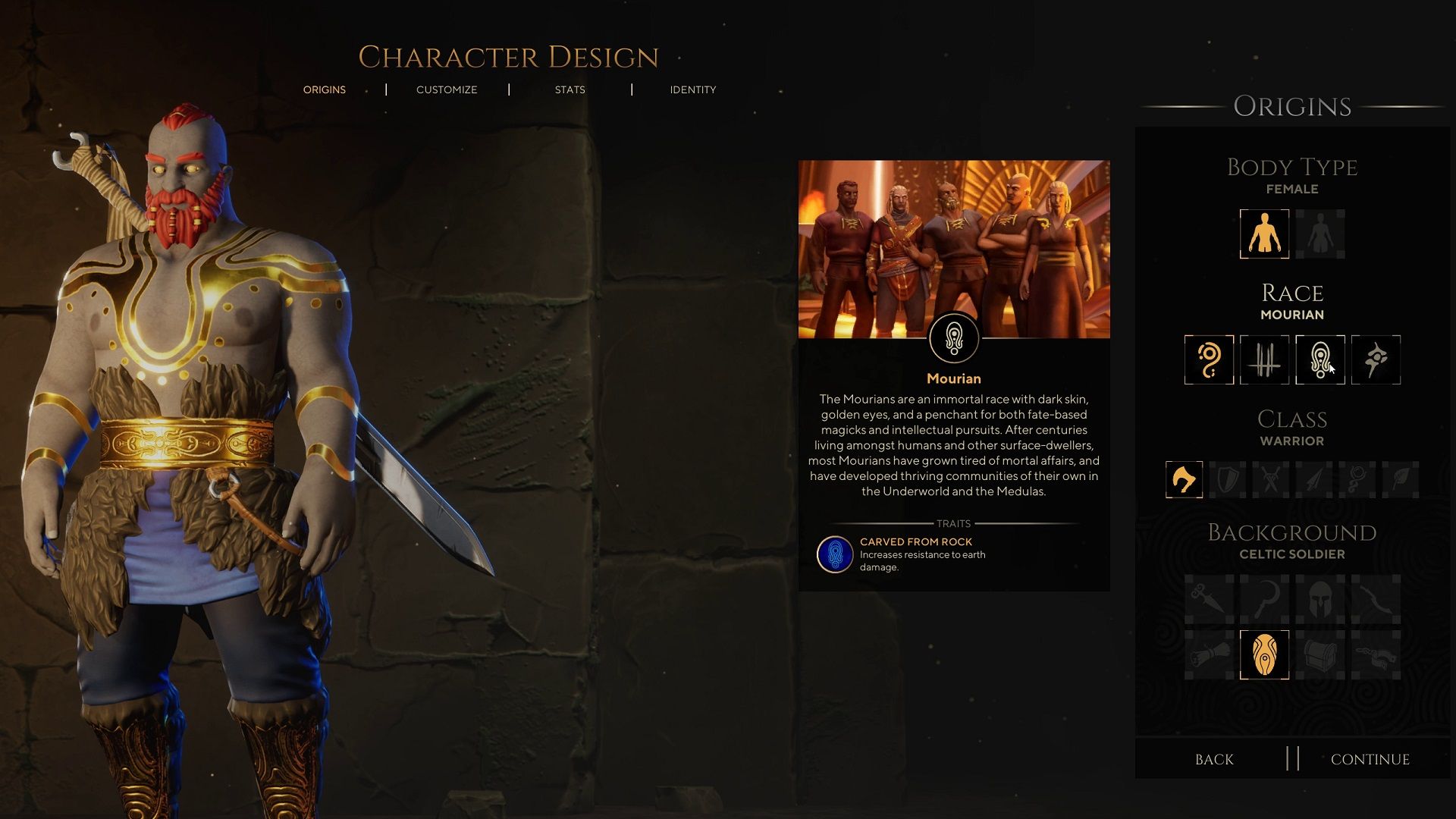
The story may include quests and character growth for each of your companions, but your character is still the core that binds everything together. As such, your initial character is the only one you will have absolute freedom to create. The remainder of your companions, of which there are nine, all come with a predetermined race, class, and background. When leveling up – something all characters do simultaneously whether they are in your active party or not – you have full control in applying additional attribute points and skills, and choosing subclass advancement as you see fit.
Overall, I found character progression rather limited. In a system that has hundreds of skills, narrowing down your options by providing specialized classes can make character progression more accessible. In a limited environment where each class only has a handful of skills available, I found the options available to be too constrictive. I usually ended up only using two or three of a character’s skills during combat, and a more open system would have allowed me to pick and choose the skills I wanted for each character.
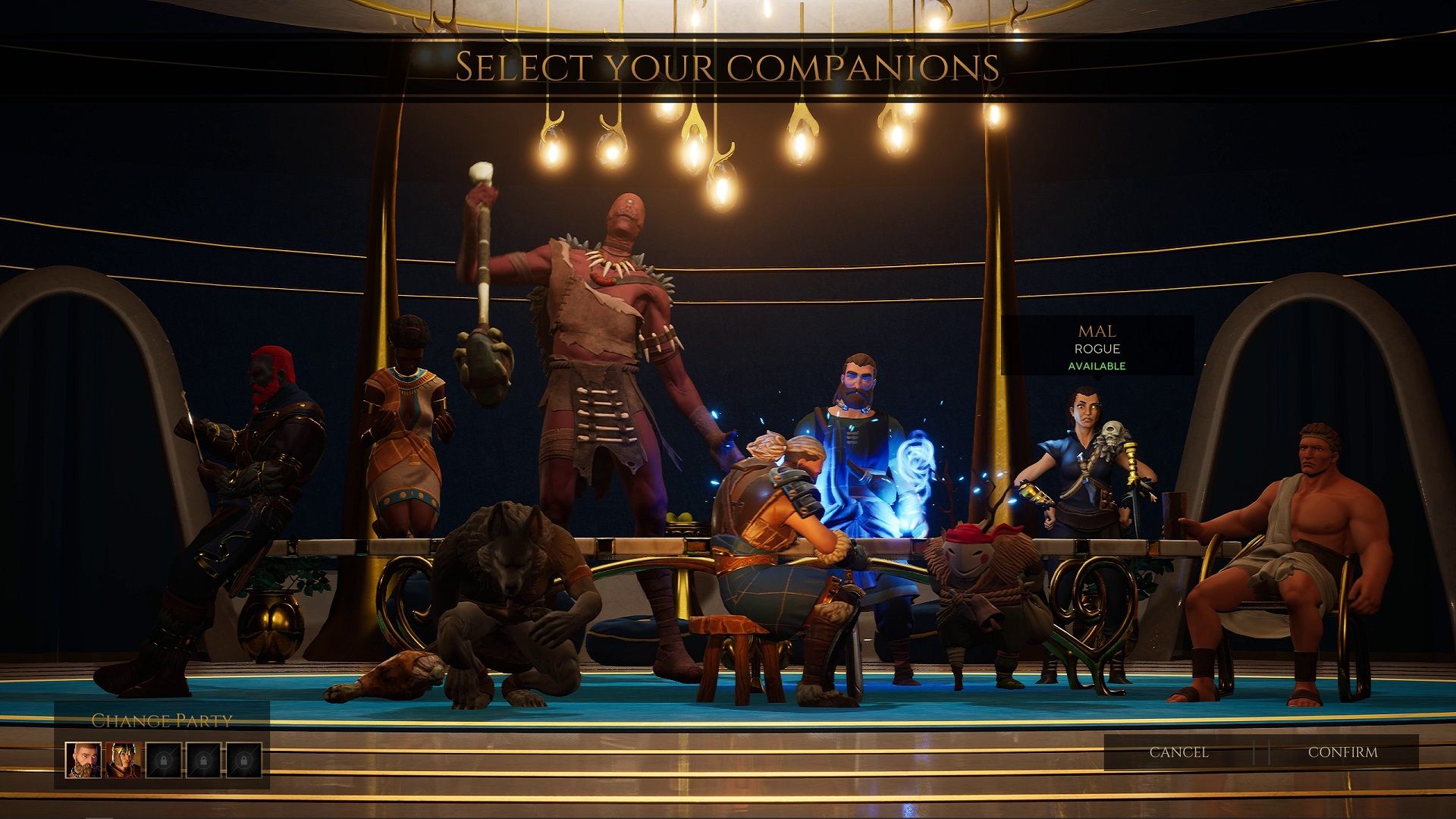
Coupled with this is a very weak loot system. Each piece of gear is only useable by one or two classes, and some of your more exotic characters have their own gear. Without any random stats added to the gear you find leaves you with an inventory full of mostly useless and duplicate items. It isn’t even worth selling for the few gold they bring since the vendors carry the same stuff. This is way too linear for any modern RPG.
Combat
The Waylanders takes a classic approach to combat, employing a real-time system with the ability to pause combat to give individual orders to your team. Each character of your party can be set to one of three stances: passive, average, and aggressive. Any character set to passive will not act on their own. You must take direct control of the character and manually choose which skills to queue up. Multiple skills and spells can be queued up, and the character will move as necessary to use said skills, but once their queue is empty they will go idle even if they are being attacked.
When set to normal, a character will follow the primary character and engage in combat with their primary weapon, but won’t use any skills or spells they have available. It isn’t until you set a character to aggressive that they will utilize their full array of offensive and defensive capabilities. Unfortunately, your party’s AI is rather lacking and individual characters do a poor job of maximizing their abilities in combat. Your group will often attack multiple targets in different areas of the fight instead of focusing their firepower and maximizing area of effect spells by staying together. I’ve come to expect this type of decision-making from party AI, so it was no surprise that I would have to make liberal use of the pause button to keep everyone in line.

GATO Studios did add another mechanic to combat to provide a little more utility than usual – formations. Formations are an additional skill set available to specific classes that allow you to group multiple party members together into a tight, unified force on the battlefield. These formations utilize the underlying foundation of their given archetype and open up new skills and abilities that are more powerful than anything a single character wields.
This initially sounds like a good addition but in practice, I found it unwieldy thanks to a clunky user interface. Without the ability to preselect the party members you wish to group up, and no hotkeys to quickly select them during battle, you are forced to click on a character’s portrait to switch to them, then click the other party members you wish to form up with, and then finally pressing the key to create the formation. It is a cumbersome process at best, and given the party was able to clear all fights without forming up, I rarely used formations anyway.
A Lack Of Polish
No strings attached. That may be something you’re looking for in a Tinder bio, but in an RPG it’s a sign of an unfinished product that didn’t receive adequate testing and polish before being pushed out the door. The first time I saw “Missing String Table Variable” in The Waylanders was early in my playthrough when it showed up underneath an item’s description.
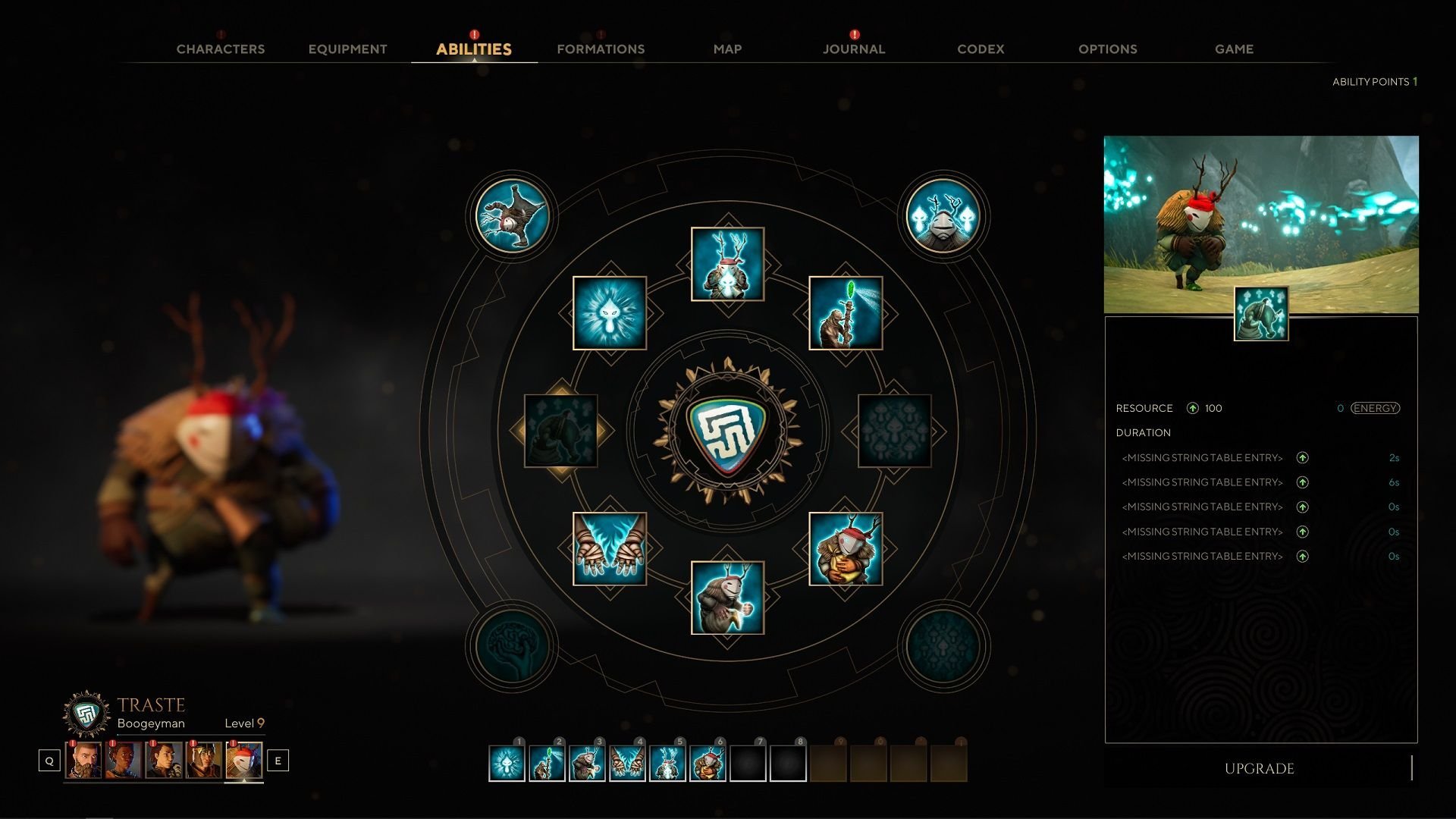
That wasn’t such a big deal, only leaving me guessing as to what kind of elemental buff a piece of armor had. As I continued on, though, the error started showing up more and more. Eventually, whole magic spell descriptions and even the quest log were full of the error. It’s pretty hard to complete a quest when you know absolutely nothing about it, and a spell is all but worthless when you have no idea what it does.
I found this same compounding effect in other facets of The Waylanders as well. Voiceovers near the beginning of my playthrough were well synced with body and facial movements in cutscenes, but later on, several of the cutscenes had the characters simply standing still without any mouth movement. This eventually led to cutscenes where the voiceover never triggered, and at least one quest where the cutscene failed to advance and required a restart to continue.

Then there is the issue with quest triggers not being cleared even after the quest is completed, with outdated conversations being replayed the next time I clicked on the quest giver.
And don’t even get me started on the half-assed romance mechanics. While the thought of being able to enter into romances with the rest of your crew is common in RPGs now, there should be a little backstory and courtship before someone offers to bed your character. My first romantic encounter happened out of the blue, apparently brought on by completing a fairly mundane loyalty quest where I helped my apparent love interest protect a friend’s farm from a werewolf attack. After the mission was over, my drunk Greek warrior companion tried to woo me with some dreadful poetry. Accepting his advance immediately led to a romantic cutscene. Denying his offer was even worse, with him repeating the exact same drunken proposal every time I clicked on his dialogue bubble when we were at our home base. This same type of encounter happened for each romantic interest in my group, complete with repeat occurrences if I turned them away.
Final Thoughts
Everything about my experience points to GATO Studio either running out of time or money (or both) before they could complete The Waylanders. A story that starts off in a fresh setting and filled with interesting characters, nice visuals and outstanding voice acting is quickly derailed by technical flaws and an ever-growing list of bugs. I rarely complain about too many side missions or additional features like romantic endeavors being added to a game, but this is a perfect example where cutting out unnecessary features would have allowed GATO Studios to focus on the things that really mattered. Sometimes, less can be more, and that appears to be the case here.


